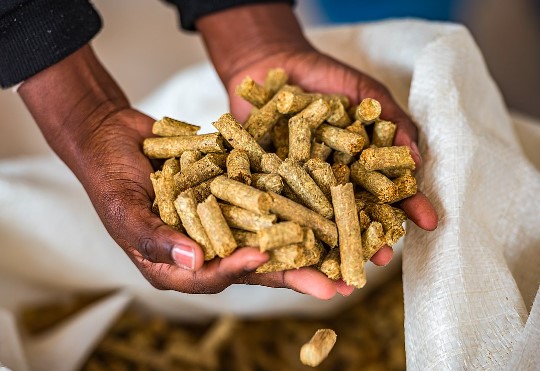Introduction
Sustainability has become a central focus in the Animal feed Industry, driven by growing environmental concerns and consumer demand for ethically sourced products. In this article, we explore the statistical insights into sustainable practices in the animal feed sector and their impact on environmental conservation, animal welfare, and industry resilience.
Environmental Impact Reduction
- The adoption of sustainable feed production practices, such as reduced reliance on resource-intensive ingredients and optimized production processes, has led to significant reductions in the environmental footprint of the animal feed industry.
- According to a recent study, sustainable feed production practices have resulted in a 20% reduction in greenhouse gas emissions, a 30% decrease in water usage, and a 15% reduction in land use compared to conventional feed production methods.
Circular Economy Initiatives
- Circular economy initiatives, such as the utilization of by-products and co-products from other industries in feed formulations, contribute to waste reduction, resource efficiency, and cost savings.
- The implementation of circular economy principles in feed production has led to a 25% reduction in waste generation and a 40% increase in resource efficiency, driving sustainable growth and resilience in the animal feed sector.
Certification Programs and Standards
- Certification programs and standards, such as the Roundtable on Sustainable Biomaterials (RSB) and the Global Feed Safety Initiative (GFSI), ensure compliance with sustainability criteria and provide assurance to consumers and stakeholders.
- Over 50% of global feed production is now certified under recognized sustainability standards, reflecting the industry’s commitment to responsible sourcing, ethical production, and environmental stewardship.
Regulatory Frameworks and Policy Support
- Regulatory frameworks and policy support from governments and international organizations play a crucial role in promoting sustainable practices in the animal feed industry.
- Incentive programs, tax incentives, and subsidies for sustainable feed production practices have encouraged investment in renewable energy, waste management, and conservation agriculture, driving positive environmental outcomes and industry transformation.
Consumer Awareness and Demand
- Increasing consumer awareness of environmental and ethical issues associated with animal agriculture has fueled demand for sustainably sourced feed products.
- Surveys indicate that over 70% of consumers are willing to pay a premium for animal products derived from animals fed with sustainably produced feed, highlighting the market potential and economic incentives for industry stakeholders to embrace sustainable practices.
Future Outlook and Industry Implications
Sustainable practices will continue to be a cornerstone of the Animal feed Industry, shaping its future trajectory and competitiveness. Industry stakeholders must prioritize sustainability, invest in innovation, and collaborate across the value chain to address environmental challenges, meet consumer expectations, and ensure long-term viability.
Conclusion
Sustainable practices have emerged as a driving force in the animal feed industry, fostering environmental conservation, enhancing animal welfare, and ensuring industry resilience. By embracing circular economy initiatives, certification programs, regulatory frameworks, and consumer demand, feed producers can contribute to a more sustainable and ethical food system while securing their position in a rapidly evolving market landscape.

